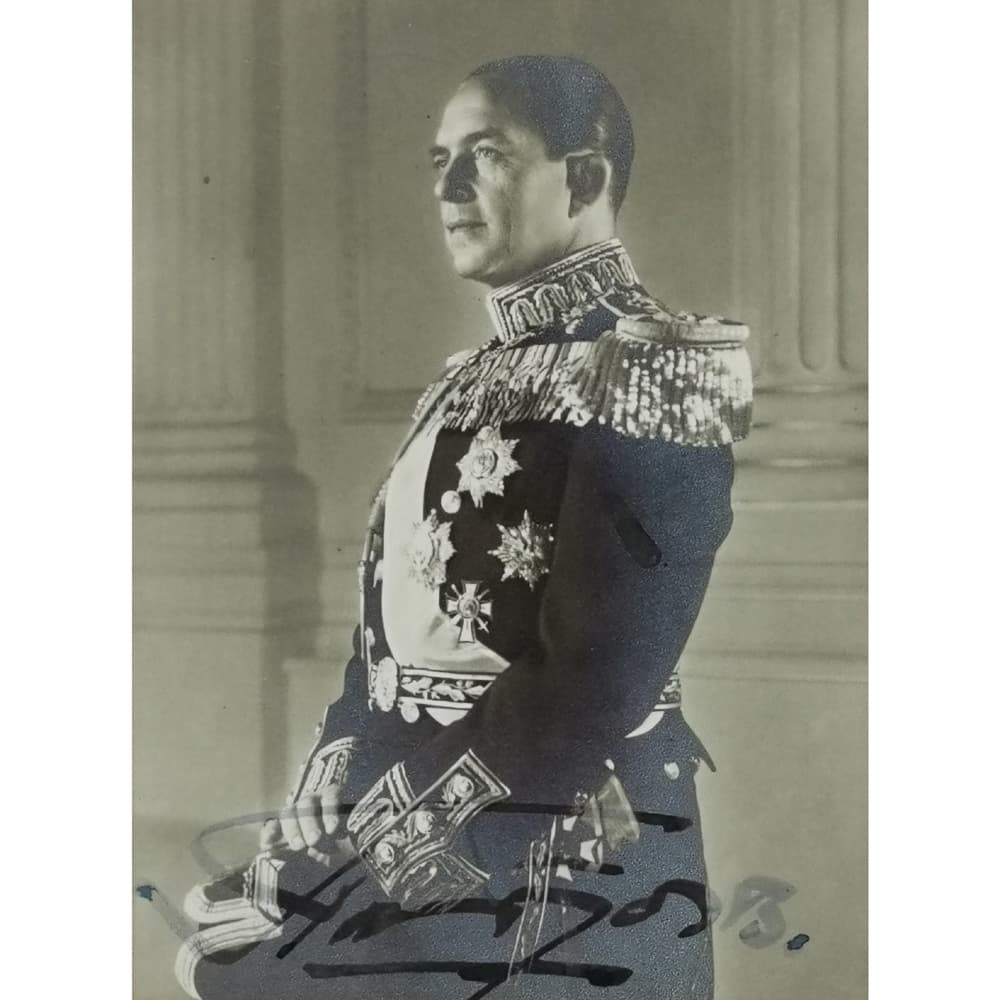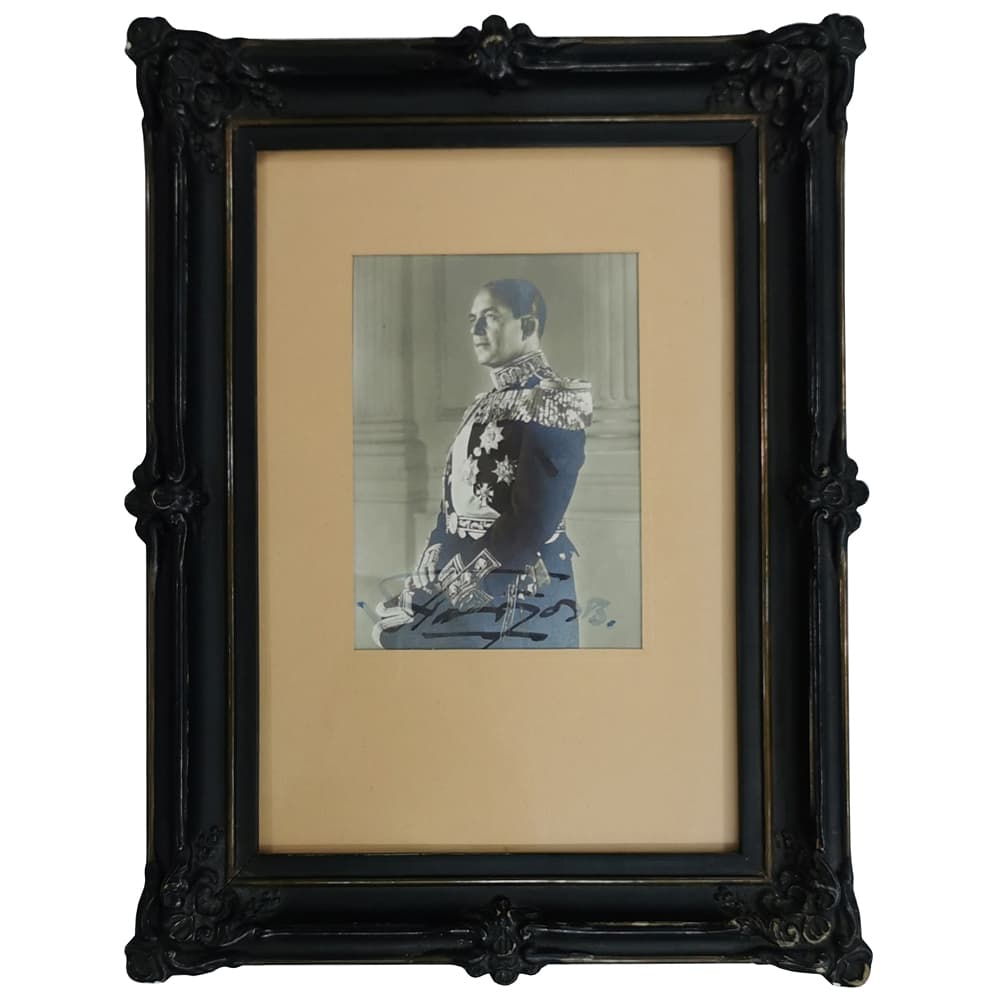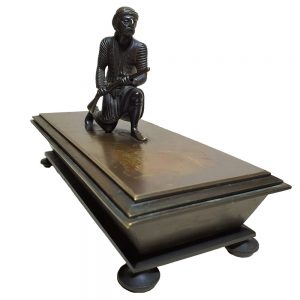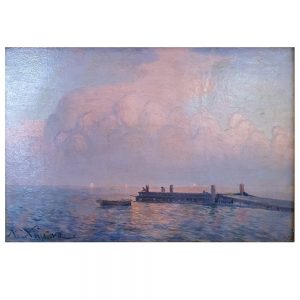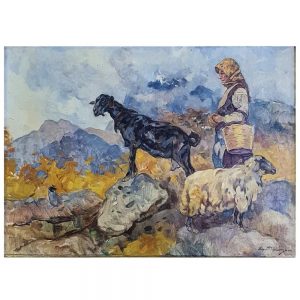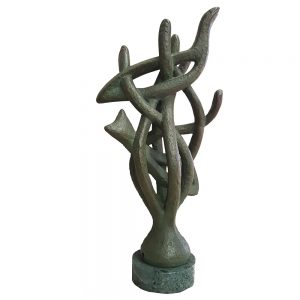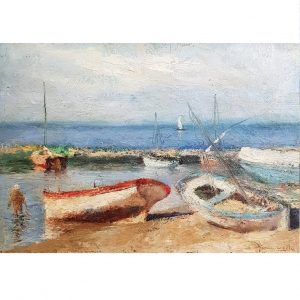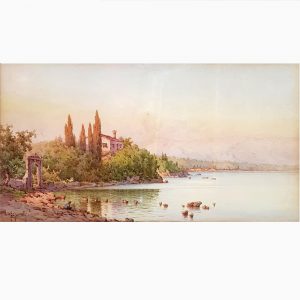Description
Paul of Greece (1901-1964) – Photograph of King Paul of Greece, hand-signed. With glass.
Photo dimensions: 15.5 X 11.0 cm.
Framed dimensions: 37.0 X 28.0 cm.
Biography:
Paul of Greece (Athens, December 14, 1901 – March 6, 1964) was king of the Greeks from 1947 until his death in 1964. As a lineal descendant of Christian IX of Denmark, he also bore the title of Prince of Denmark.
Pavlos was born in the Royal Palace of Tatoi on 14 December 1901 as Prince of Greece and Denmark. He was the fourth child in a row of the then Crown Prince Constantine and his wife Princess Sofia. Pavlos was the grandson of King George I and Queen Olga of the Greeks on his father’s side, while on his mother’s side he was the grandson of Emperor Frederick III and Empress Victoria of Germany.
Pavlos was born in the Royal Palace of Tatoi on 14 December 1901 as Prince of Greece and Denmark. He was the fourth child in a row of the then Crown Prince Constantine and his wife Princess Sofia. Pavlos was the grandson of King George I and Queen Olga of the Greeks on his father’s side, while on his mother’s side he was the grandson of Emperor Frederick III and Empress Victoria of Germany.
In 1916, while World War I had broken out, he began studying at the Naval Cadet School, but the following year (1917) he was forced into exile in Switzerland, along with his father King Constantine and other members of the Royal Family, after the demand of England and France. At the end of October 1920 and after the death of his brother King Alexander, the Greek government through the Greek ambassador in Bern, asked Paul to accept the Greek Crown. He rejected the proposal, stating that he would only accept it if the Greek people decided they did not want the return of King Constantine’s father and Crown Prince George.
On December 19, 1920, Pavlos returned to Greece with his family and continued his studies at the School of Naval Cadets, from which he graduated in June 1922 with the rank of ensign. As a new officer, he was assigned to the cruiser “Elli”, captained by Captain Periklis Ioannidis.
In 1923, shortly before the proclamation of the sovereign republic in Greece, he went abroad together with his brother, George II.
In 1935, with the restoration of the monarchy, he returned to Greece, as heir to the throne. On January 9, 1938, he married in Athens Princess Frederica of Hanover, who was the daughter of his first cousin, Victoria-Louise of Prussia. He had 3 children from his marriage.
In the Greco-Italian War he served in the General Staff and after the German invasion he followed King George II to Crete. After its occupation by the Germans, he fled to Egypt, to finally settle with his family in Cape Town, South Africa.
On September 27, 1946, he returned to Greece with his childless brother George, after whose death, on April 1, 1947, he became king.
It played a leading role in the civil war, as the royal couple engaged in unprecedented activity in the establishment of foundations and charitable institutions, increasing the popularity of the Dynasty. Effectively controlling the Armed Forces and Security Forces and maintaining a controversial role during the period of controlled parliamentarianism, as well as cultivating excellent relations with Washington, Paul consolidated his power.
During his reign, the financial demands of the palaces provoked public sentiment several times while creating tension in his relations with the then Prime Minister Konstantinos Karamanlis. The latter in his letter to the king had asked to reduce his expenses. In February 1962, new tension arose over the issue of his daughter Sophia’s dowry. According to the law that ERE brought to vote, the dowry of Princess Sofia, in view of her marriage with Juan Carlos, amounted to 300,000 dollars. The amount of money caused strong protests by the opposition, while it was also used as a slogan in student demonstrations.
Similar protests were caused in September 1962 with the government’s decision, after intense pressure from the palaces, to increase the royal sponsorship from 11,500,000 drachmas to 17,000,000. He was also criticized for the expenses of various events such as the celebrations of the centenary of the royal institution with the parallel invitation of the Danish royal family.
Photograph Paul of Greece (1901-1964) – An exceptional and collectible photograph.
Code: E913


